You've probably only scratched the surface of what your Pixel can do. Sure, you know about the camera wizardry and seamless Google integration, but buried in the settings are productivity gems that can genuinely change how you work.
What you need to know: These aren't flashy AI tricks or gimmicky features—they're practical tools that solve real daily frustrations. I've been testing eight lesser-known Pixel capabilities over the past few months, and what Google's research shows about reduced friction only tells part of the story. My testing reveals something more specific: these features don't just save time—they preserve cognitive energy by eliminating decision fatigue around routine phone interactions.
The best part? Most of these features ship disabled by default, which means you're probably carrying around untapped potential in your pocket right now. Let me show you which ones have become absolutely essential to my workflow.
Call Assist: The productivity multiplier you didn't know you needed
Here's the thing about phone calls in 2024: they're productivity kryptonite. But Pixel's Call Assist suite doesn't just help block spam anymore—it fundamentally changes your relationship with interruptions by creating a smart barrier between you and the chaos of unplanned communication.
Hold for Me is pure magic. When a business puts you on hold, your Pixel waits for you, listening for that moment when a human picks up. You get an alert, your phone informs them you'll be right there, and you've just reclaimed 15 minutes that would've been spent listening to elevator music. I don't remember the last time I answered an unnecessary call, and I can't imagine switching to a phone without it.
Call Notes takes this time-saving approach and extends it into memory preservation. Where Hold for Me reclaims waiting time, Call Notes eliminates the mental overhead of trying to remember every important detail shared during those recovered minutes. The AI doesn't just transcribe—it analyzes conversation flow to identify actionable items, decisions, and follow-ups, creating summaries that capture what actually matters rather than everything that was said.
PRO TIP: Enable Live Captions for calls where taking notes is crucial. It turns what a caller is saying into text on your screen, creating an instant transcript you can reference later without the cognitive load of simultaneous listening and note-taking.
Circle to Search: Research without the app-switching dance
Remember when looking something up meant a tedious dance between apps? That cognitive overhead—the mental effort of switching contexts, remembering what you wanted to search, then navigating back—kills momentum faster than any actual task difficulty. Circle to Search launched earlier this year, initially limited to current-generation phones, but it's now available on everything from Pixel 6 series to Pixel Fold.
The mechanic is brilliantly simple: long-press your home button, then circle, highlight, or tap anything on screen to get instant search results. I use this constantly for fact-checking during video calls, identifying products in social media posts, or getting help with crossword clues without losing my place.
This instant research capability becomes even more powerful when you consider Google's latest updates, which transform Circle to Search from a lookup tool into an action engine—adding one-tap actions for phone numbers and email addresses that let you move from discovery to action without breaking flow. The AI now produces contextual snapshots of helpful information, anticipating what you'll need next based on what you're searching.
Don't miss: Circle to Search works in any app, even when you're offline for basic object recognition. It's particularly useful for translating text in photos when traveling—no internet required for basic visual understanding.
Magic Compose: Because not every message needs your full attention
Typing the same responses over and over kills productivity momentum. But the real problem isn't repetition—it's the decision paralysis that comes with crafting appropriate tone for each context. Magic Compose on Pixel 6 and newer uses Google's generative AI to rewrite drafted messages in different styles—more concise, professional, or even Shakespearean if you're feeling dramatic.
The AI suggestions often capture the right tone faster than I can craft it myself, but the deeper benefit emerges in reduced decision paralysis—instead of staring at a blank message field weighing tone and word choice, you're editing and refining, which requires different (and less draining) cognitive resources. Need to decline a meeting professionally? Reschedule dinner plans without sounding flaky? The mental overhead shifts from creation to curation.
On Pixel 8 Pro, this all happens on-device thanks to Gemini Nano, which means your messages stay private while getting that AI polish. No data leaves your phone, eliminating the privacy-convenience tradeoff that usually comes with cloud-based AI assistance.
The companion Photomoji feature lets you transform favorite photos into reactions, and your creations get saved for reuse. It sounds gimmicky until you realize how much faster visual communication can be than typing explanations for recurring situations.
Quick Share: File transfers that actually work
File sharing between devices has been broken forever, but Quick Share (formerly Nearby Share) finally delivers on the promise of seamless transfers across Android, ChromeOS, and Windows. This isn't just about convenience—it's about eliminating the technical friction that forces creative workarounds and breaks concentration.
The killer feature? It works even when you're offline, using Wi-Fi Direct to create a direct connection between devices. This represents a significant technical achievement—most cloud-based sharing services fail precisely when you need them most, in areas with poor connectivity. I've used this to share presentation files in conference rooms with spotty internet, transfer photos at outdoor events, and quickly get documents from my phone to laptop without cloud upload delays.
Privacy controls let you choose who can discover your device—everyone, contacts only, or just your own devices. This granular control reflects a crucial understanding that file sharing contexts vary widely—from public presentations where discoverability helps collaboration to personal transfers where invisibility ensures security. The interface shows nearby compatible devices instantly, no pairing dance required.
PRO TIP: Set up Quick Share with your laptop and tablet now, before you need it urgently. The initial setup takes 30 seconds but saves minutes every time you need to transfer files without cloud dependency.
Quick Tap: Your phone's secret shortcut engine
The back of your phone is prime real estate for productivity shortcuts, and Quick Tap lets you double-tap to trigger actions like opening apps, taking screenshots, controlling media, or accessing notifications. But this isn't just about faster app launching—it's about context-sensitive productivity.
I've got mine set to open my task management app—two taps and I'm adding items to my to-do list without unlocking the phone or hunting through app screens. Other power-user setups include camera quick-launch, flashlight toggle, or recording voice memos. The gesture works reliably through most cases, making it genuinely practical for daily use.
Tasker integration makes this even more powerful, allowing different actions based on phone orientation or time of day. Want your phone to launch the camera when held horizontally but open notes when vertical? Quick Tap can do that. This represents a productivity evolution beyond simple app shortcuts—your phone begins adapting to how you actually use it rather than forcing you into predetermined interaction patterns.
Sound familiar? That's because Apple borrowed this idea for their iPhone 14 Action Button—but Pixel had customizable back-tap functionality years earlier, demonstrating how advanced Android customization often previews mainstream adoption.
Extreme Battery Saver: Emergency productivity mode
When your battery hits critical levels, Extreme Battery Saver can extend life up to 72 hours by strategically pausing apps and reducing processing power. But here's the productivity angle: it forces focus by eliminating distractions.
The mode strips your phone down to essentials—calls, texts, and a handful of apps you designate as critical. I've started enabling this intentionally during deep work sessions, creating what researchers call 'beneficial constraints'—limitations that paradoxically increase creative output by narrowing focus and eliminating choice overhead. When your phone becomes less engaging, you naturally use it less, creating space for sustained attention on actual work.
You can configure it to activate automatically at a designated battery level, so you never get caught completely powerless during important calls or navigation. But the manual activation option transforms it from emergency feature into intentional productivity tool—a digital equivalent of working in a distraction-free environment.
The psychology is fascinating: by removing the constant possibility of infinite apps and notifications, your brain stops scanning for alternatives and settles into deeper focus states more readily.
Recorder app: Meetings that actually stick
The Pixel Recorder changed everything with auto transcription. Record any conversation, interview, or brainstorming session, and get searchable text automatically. But the transcription accuracy represents more than convenience—it's reliable enough to eliminate the anxiety of missing important details, which changes how you participate in conversations.
Recordings back up to the cloud, so you can access transcriptions through any browser later. The app can now summarize conversations in French and German, not just English, making it useful for international work where language barriers compound note-taking challenges.
The search functionality is killer—type in a keyword and find exactly when that topic came up in a 45-minute client call. This transforms recordings from linear media into searchable databases, making verbal conversations as findable as written documents. I use this for capturing ideas during walks, recording instructions from technical support calls, and creating searchable archives of important conversations.
Legal note: Always get permission before recording conversations with others. Laws vary by location, but transparency avoids complications and builds trust with colleagues who benefit from having accurate records.
Now Playing history: Your ambient productivity soundtrack
This one's subtle but surprisingly powerful. Pixel automatically identifies songs playing around you and maintains a history you can review later. But there's a deeper productivity connection here—music discovery happens passively while you work, and the history becomes a curated playlist of songs that coincided with your focused states.
The psychological mechanism is interesting: songs associated with productive sessions can trigger similar mental states when played intentionally, creating what researchers call "context-dependent memory." I've built several "deep work" playlists by reviewing what was playing during my most focused sessions, essentially reverse-engineering my optimal productivity soundtrack.
The feature works offline using on-device recognition, so it's not streaming your audio anywhere. You'll find the history buried in your Pixel's settings under "Now Playing," and it's usually full of forgotten discoveries that your conscious mind never catalogued but your brain connected with productive states.
It also helps in professional settings—remembered a great track from a coffee shop but couldn't Shazam it mid-conversation? Check your Now Playing history later for passive discoveries that would otherwise be lost forever.
The compound effect: Why these features matter together
Individual Pixel features are useful, but the real productivity boost comes from how they work together to create workflow synergies. Call Assist handles interruptions while generating searchable records, Circle to Search eliminates research friction without breaking focus, Quick Tap provides context-aware shortcuts, and Magic Compose speeds communication without sacrificing authenticity.
The pattern here isn't revolutionary—it's about removing tiny points of friction that create significant cognitive overhead when they accumulate. Each feature handles a specific failure mode of smartphone productivity: unwanted interruptions, context switching, repetitive tasks, and technical barriers to seamless device integration.
But the compound effect emerges when these solutions work together seamlessly. Your phone stops being a source of constant micro-decisions and becomes genuinely helpful infrastructure that anticipates needs and removes obstacles before they fragment attention.
DON'T MISS: Google's June 2024 Feature Drop continues expanding these capabilities, with battery health indicators, improved live captions, and enhanced AI features rolling out to more devices. The evolution continues toward phones that truly support human productivity rather than competing with it for attention.
The hidden truth about smartphone productivity isn't finding the perfect app or system—it's configuring the tools you already have to get out of your way. These eight Pixel features do exactly that, turning your phone into a genuinely helpful productivity partner rather than a constant source of distraction.
Time to dig into those settings and see what you've been missing.





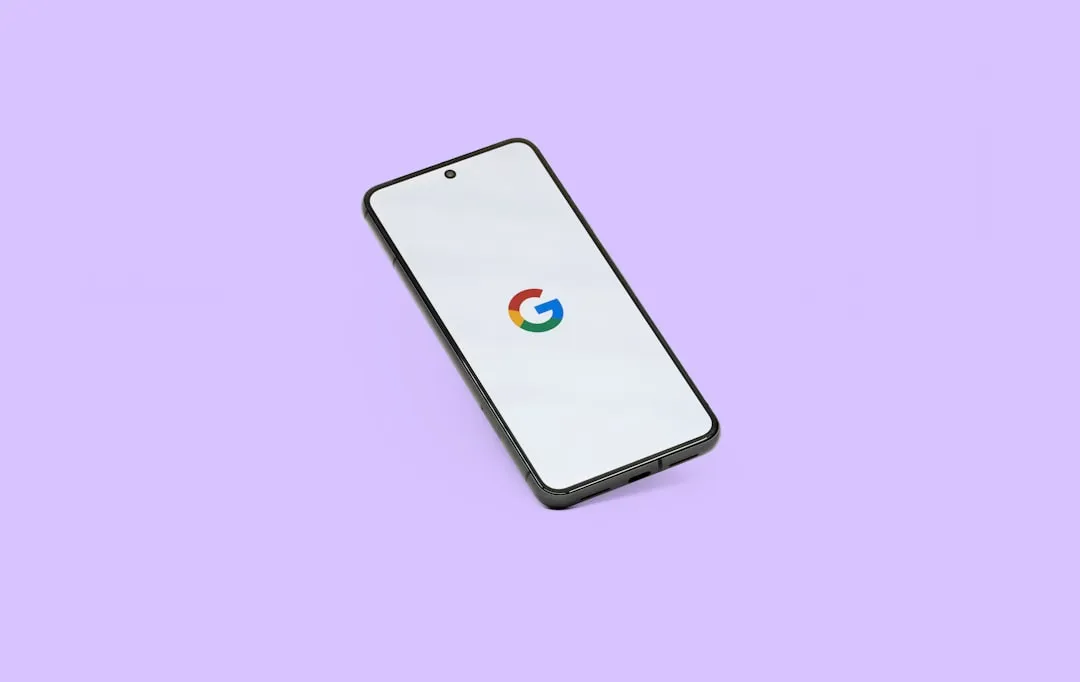

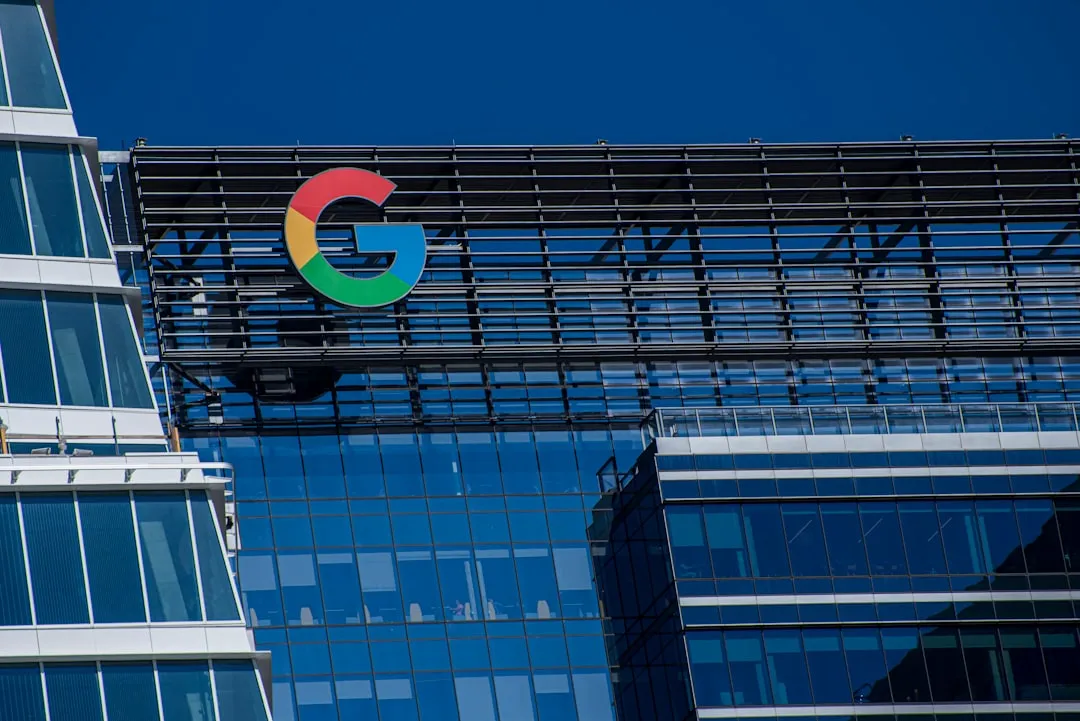
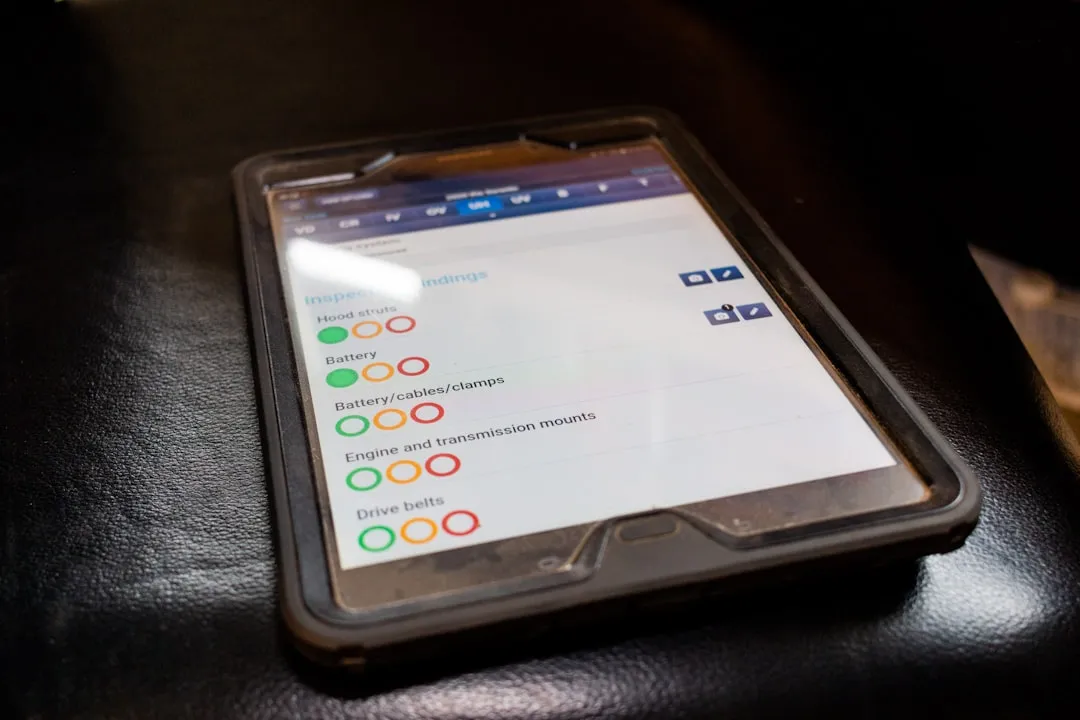




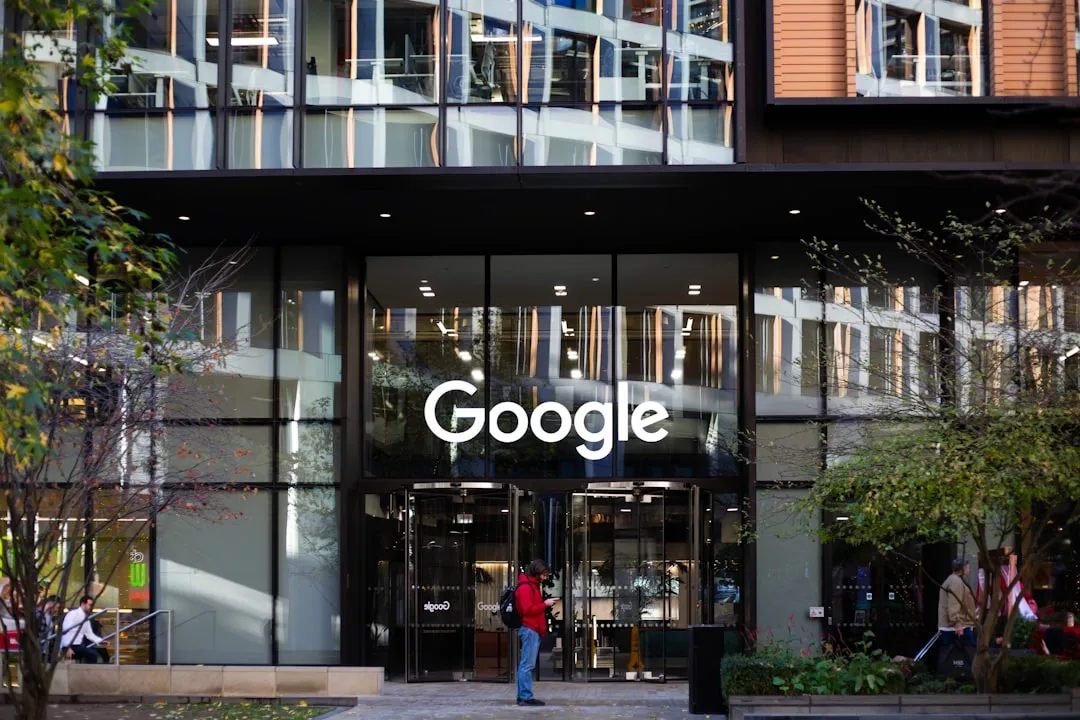
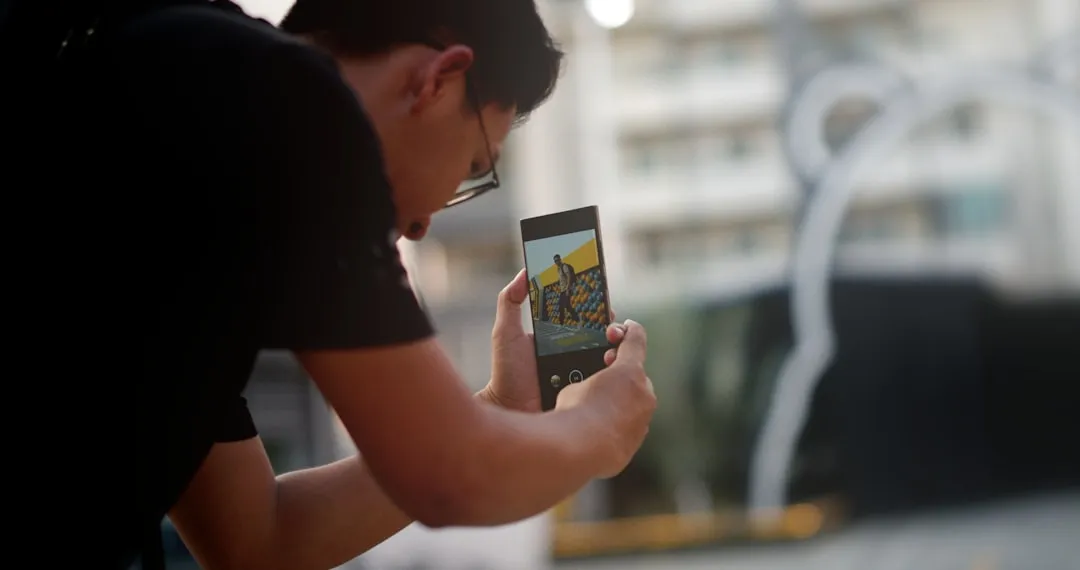

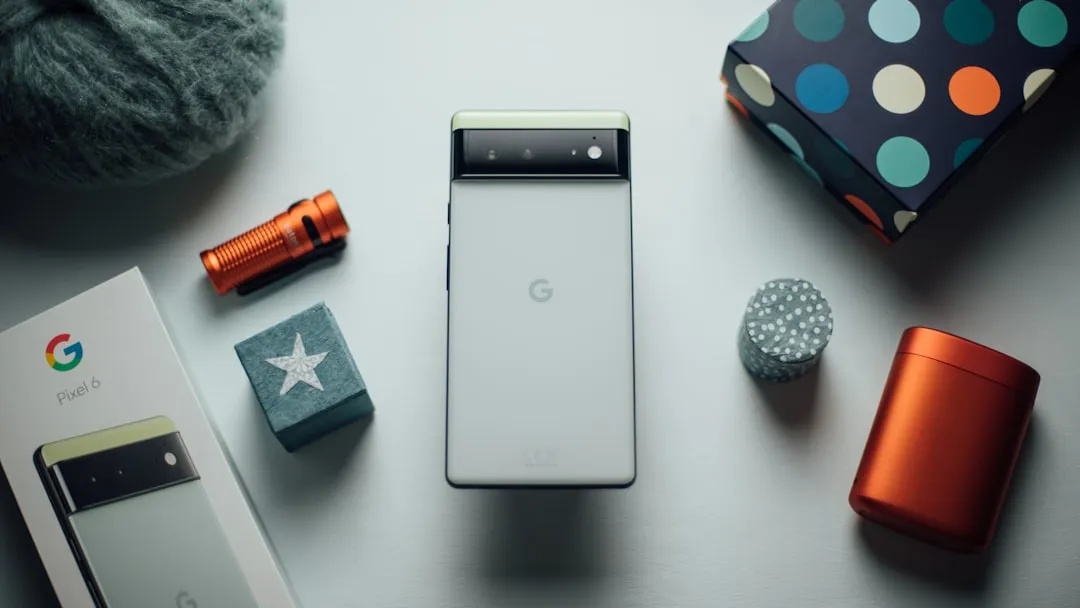

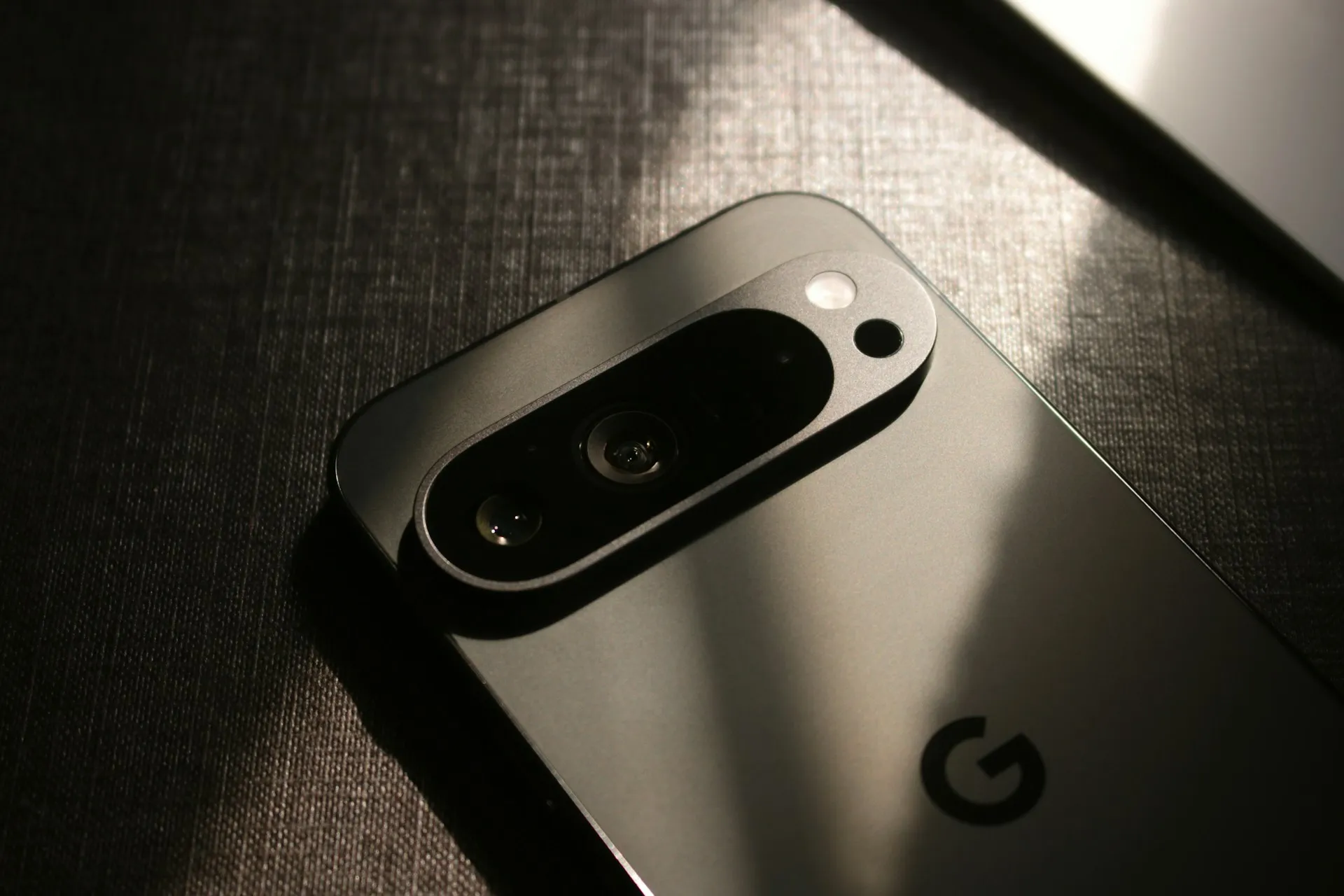
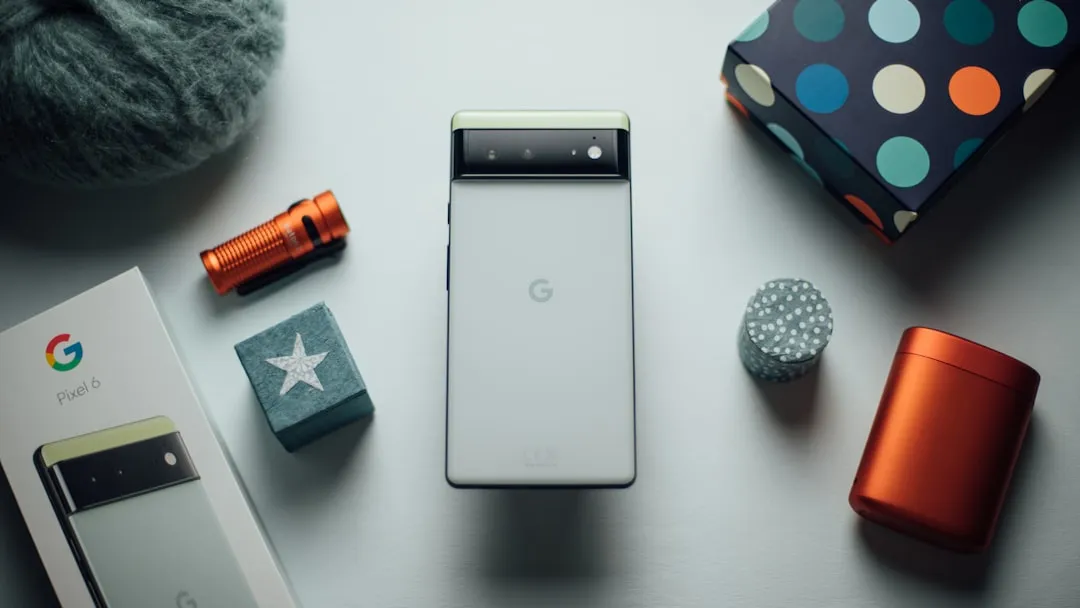
Comments
Be the first, drop a comment!